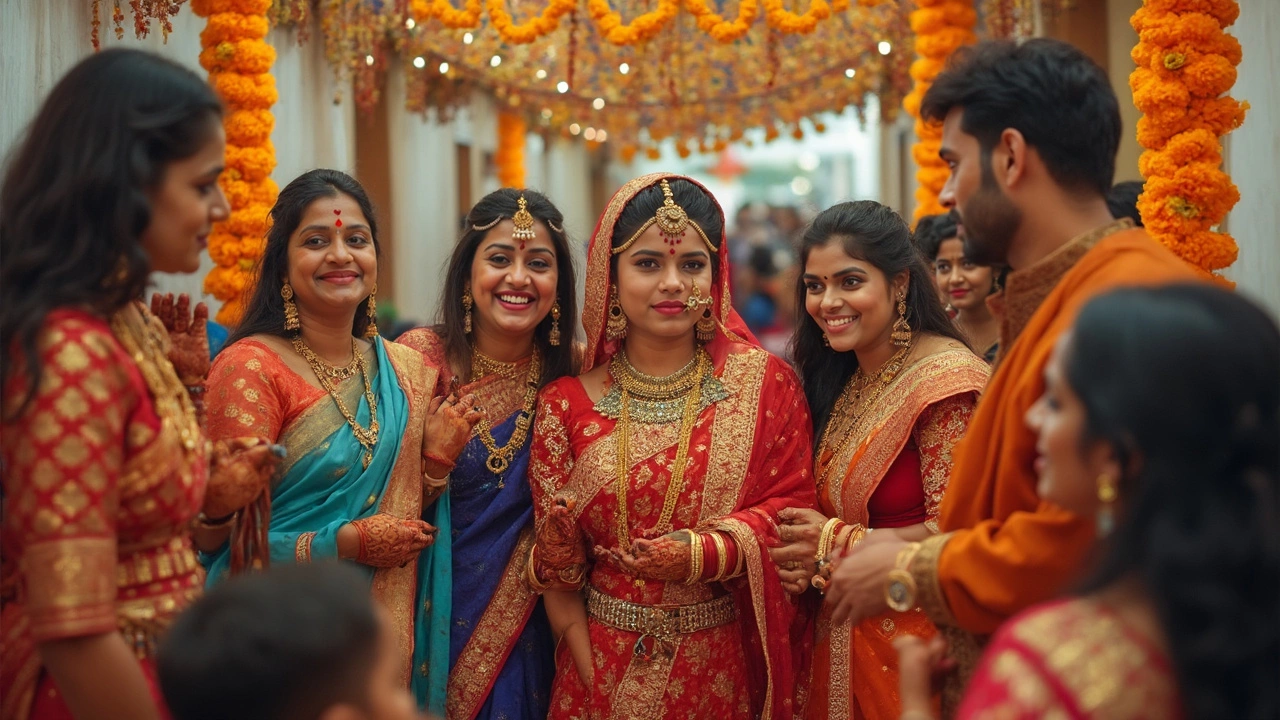Candid vs Traditional Photography: What’s the Real Difference?
When you think about hiring a photographer, two words pop up fast: candid and traditional. Both promise great pictures, but they deliver in very different ways. Knowing which style fits your event can save you money, stress, and a bunch of awkward posed shots.
How Candid Photography Works
Candid shooters blend into the background and capture moments as they happen. They wait for laughter, a tear, a spontaneous hug – the stuff that feels natural. Because they’re not shouting directions, people usually forget there’s a camera around, which means the emotions stay real.
Pros: genuine reactions, storytelling flow, less time spent lining up groups. Cons: you might miss a key shot if the photographer isn’t quick enough, and you lose control over exactly how people look in the frame.
What Traditional Photography Looks Like
Traditional photography is all about the classic poses – think formal group shots, staged portraits, and carefully lit scenes. The photographer tells you where to stand, how to smile, and when to look at the camera. This style works great when you need a clean, organized album or a professional headshot.
Pros: predictable outcomes, perfect lighting, easy to plan. Cons: can feel stiff, time‑consuming, and you might end up with smiles that look forced.
So which one should you pick? Ask yourself three quick questions:
- Do I want my album to feel like a story or a catalog?
- How much time can I allocate for photo sessions?
- Is my budget flexible enough for a photographer who needs extra gear or assistants?
If you answered “story” and “flexible time,” go candid. If you need a polished, uniform look and have a tight schedule, traditional is safer.
Many photographers actually blend both. They start with candid coverage to capture the vibe, then switch to a quick traditional session for the essential group shots. This hybrid approach gives you the best of both worlds without hiring two separate teams.
When you meet a photographer, ask to see a mixed portfolio. Look for natural moments that still sparkle and for posed shots that don’t feel like a school photo. A good professional will explain how they balance lighting, composition, and timing for each style.
Remember, the right style also depends on the venue. Outdoor weddings with natural light are perfect for candid shots, while indoor receptions with controlled lighting lend themselves to classic portraits. Use the space to your advantage.
Finally, think about post‑production. Candid photos often need a touch of color correction to keep skin tones consistent, while traditional shots might require retouching for perfection. Make sure your photographer includes editing in the package.
Bottom line: candid photography captures the heart of the moment, traditional photography captures the form. Choose the one that matches your vision, or ask for a mix, and you’ll end up with an album you actually want to flip through.
